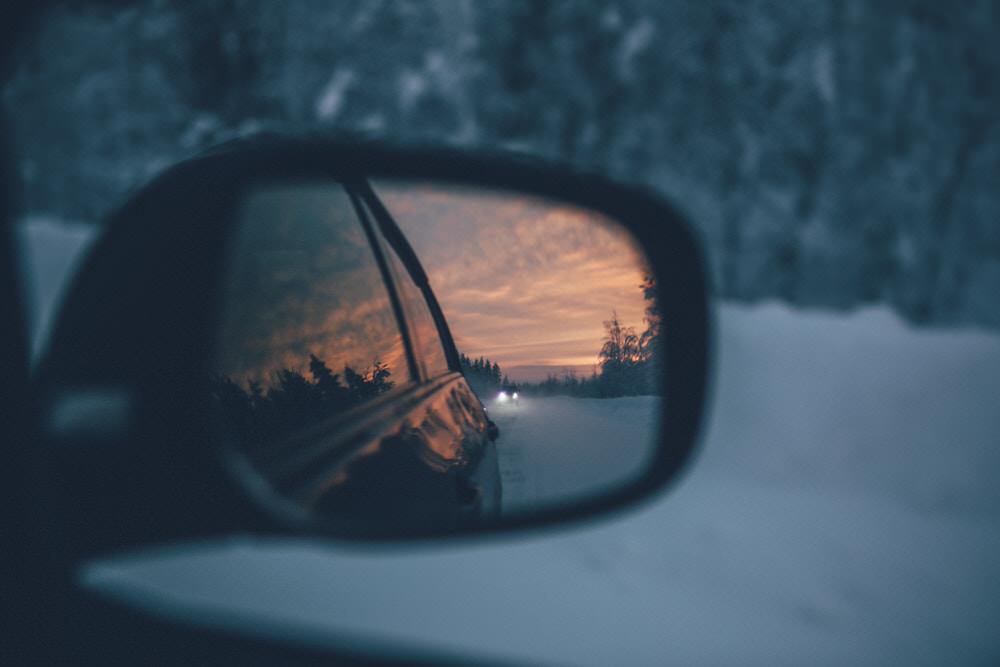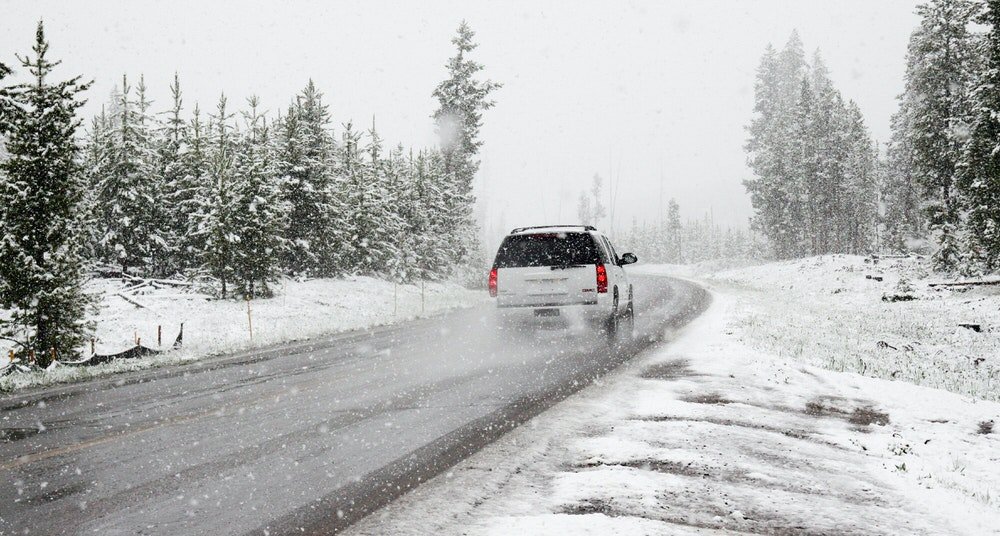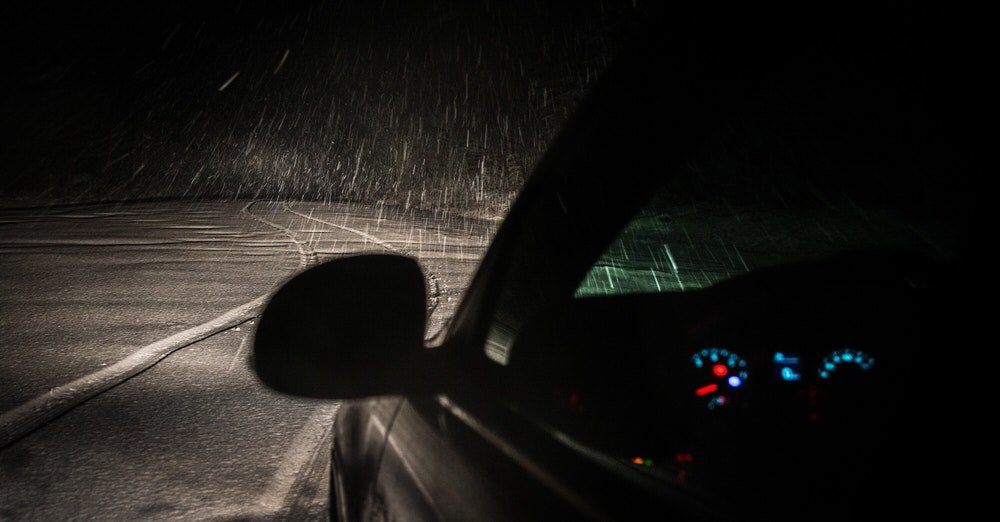Extreme weather driving increases when the winter weather comes in. And it isn’t too far off. Additionally, climate change is apparently making it more dangerous and unpredictable.
Consider Not Driving at All
Sometimes the weather is simply too harsh to even consider driving. Wind, rain, ice and snow are common in winter. And depending on where you live, these can be extreme. Going out in adverse weather dramatically increases the risk of a tragic accident happening. Icy conditions and lowered visibility make it hard for you to see other cars or pedestrians and brake in time. Additionally, you could end up with a visit from a car accident lawyer if you are found liable for the consequences of careless or neglectful driving. So perhaps wait until the next day.
Keep a Clear View for Extreme Weather Driving
Another essential piece of advice for driving in the winter is to keep the windshield clean. A dirty windshield can make it harder to see, which is especially dangerous when the weather is terrible. Instead, you should use a screen wash that works well in cold weather and is of good quality. You should also check to see if your windshield wipers need to be changed. If your windshield wipers don’t get rid of water streaks or leave rubber marks on the glass, they probably need to be changed. Also, you need to switch them out if the rubber is coming loose.
 Know When to Use High Beams
Know When to Use High Beams
A critical winter driving safety tip is to know how and when to use your headlights. Foggy weather is expected in the winter, and if the fog is making it hard for you to see, you should turn on your fog lights. Once you can see better, you should turn off your fog lights. You could blind other drivers and hide your brake lights if you don’t. In late mornings and early evenings, you should also know how to use your headlights when it’s dark. Some parts of the road are either completely dark or have very little light available, such as rural roads.
Always Keep an Eye on Forecasts
Winter weather is often unpredictable, so it’s best to check the forecast and plan your trip ahead of time, making sure to have an alternative route ready just in case. Most importantly, if the weather is too bad, be prepared to cancel your trip because it’s not worth the risk. Fortunately, it’s very easy these days to keep an eye on the weather. You can switch on the TV or radio for dedicated weather channels. Or you can check and sign up for alerts using popular weather apps like Carrot Weather, AccuWeather and BBC Weather.
Do a Quick Car Check
Make sure to do the basic checks before going on a long trip in the winter, when bad weather can have a more considerable effect on your car. Some easy things you can do to make sure your vehicle is ready for winter include the following:
- Do a FLOWER check – Fuel, Oil, Water, Electrics, Rubber.
- Check your car’s oil levels to avoid engine friction.
- Look for signs of wear and tear on your car’s wiper blades.
- Ensure you have enough screenwash to prevent build-up during rain and snow.
- Top up the coolant levels to regulate engine temperature.
These checks go a long way to staying safe in extremely cold weather. Together, they can help prevent the worst from happening. This is helpful since vehicle breakdowns increase by 20% in the winter because of electrical, battery and engine failures.
 Change Your Tyres
Change Your Tyres
You need tyres that grip the road well when it’s icy or raining. That’s why checking the pressure in your car’s tyres is important. The wrong tyre pressure can cause several problems, including less fuel efficiency. When tyres are under-inflated, their rolling resistance increases, so they need more fuel to turn. It’s just as important to check each tire’s tread (including the spare). It’s different in most nations. However, by United Kingdom law, your tyres must have at least 1.6 mm of tread. Yet 3 mm is recommended for winter driving.
Consider Premium Oil
Having your car break down in the winter may be the worst time of the year for it to happen. But you can stop engine wear and tear by using premium fuels like BP Ultimate or Shell V Power Premium. These fuels help keep your engine clean and running more efficiently, which makes it less likely that it will need maintenance or break down when you don’t want it to. Using these in your car will, of course, cost a lot more. Even more so now that oil prices are through the roof. Yet the slightly increased cost of better oil is worth it when you consider it could save your life.
Use Sunglasses in Extreme Weather Driving
It may seem strange to wear sunglasses in the middle of winter. But your sunglasses can help you drive more safely in the winter. If it’s sunny and there’s snow on the ground, the light from the sun will bounce off the bright, white snow, which can make it hard to see. In the winter, when the sun is low in the sky, it may be hard to see well if you don’t have the right eye protection. Even though it’s winter outside, there’s no guarantee that the sun won’t be intense. And most sun visors aren’t usually flexible enough to block it out completely, causing blindness.
Pack Survival Essentials
No one wants to think about the chance that their car will break down in bad weather, but if it does, they’ll be glad they planned ahead. Pack things like blankets, extra food and water, and hot water bottles that you might need if you get lost. Also, bring things like jumper cables, an ice scraper, and de-icer for your car. You will also need rubber boots, a high-visibility jacket, and a warning triangle or breakdown light in case you need help. Of course, this isn’t a complete list, and you should think about everything before driving in the dead of winter.
Summary
It isn’t recommended to go out into extreme weather driving. However, if you must, make sure your windscreen is clear, do a FLOWER check and pack the car with survival essentials.

 Know When to Use High Beams
Know When to Use High Beams Change Your Tyres
Change Your Tyres